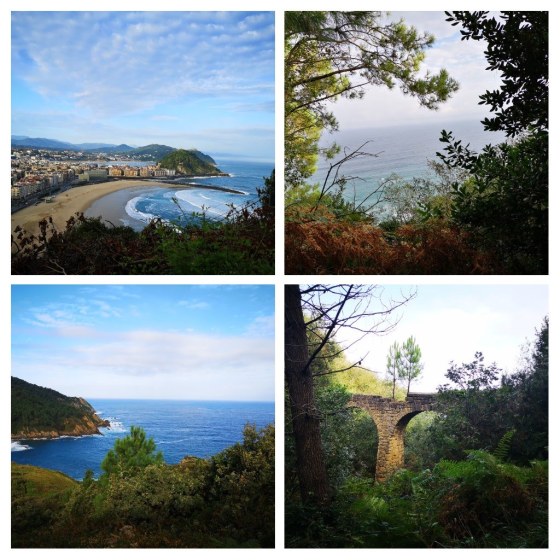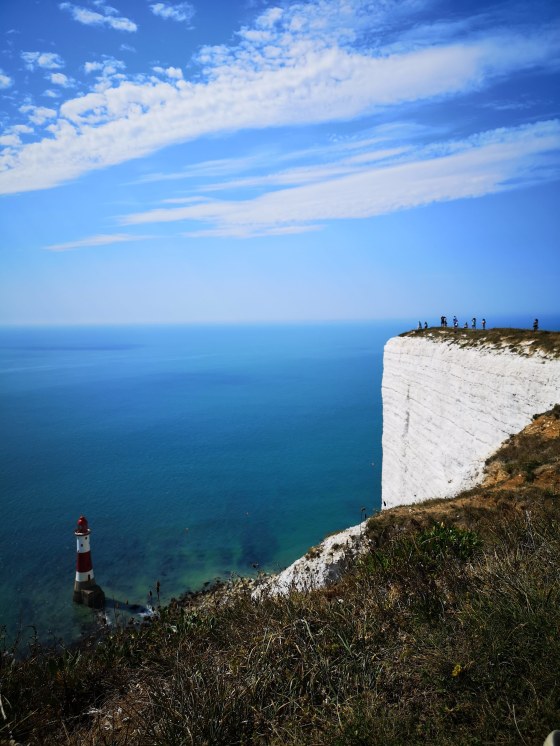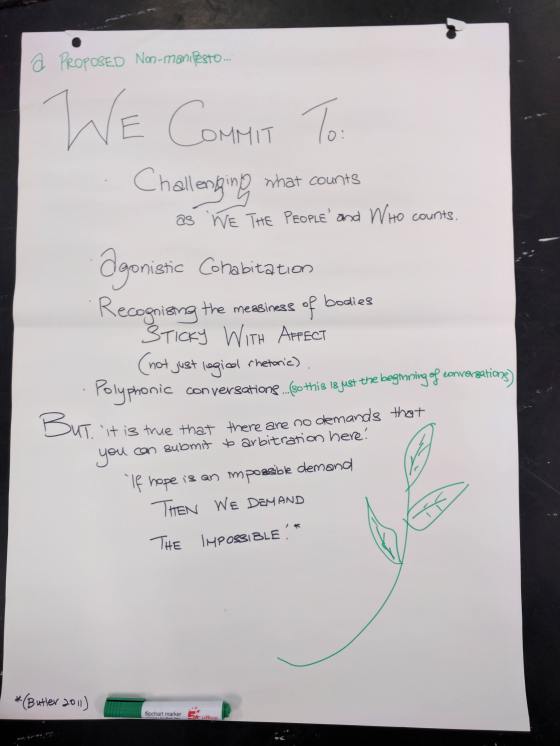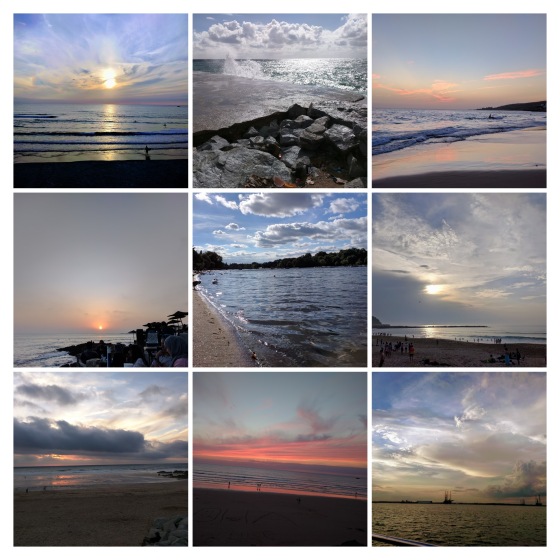 The start of term has been so busy…it’s taken me more than two weeks to properly reflect on turning 40.
The start of term has been so busy…it’s taken me more than two weeks to properly reflect on turning 40.
each decade feels like an appropriate time to take a step back from all that I am comfortable with,
all that I am too invested in,
all that has become part of how I define myself
and begin, again.
turning 40 began with
three hours of being surrounded by towering trees
that have quietly endured many more seasons than I have,
the knowledge of self that I hold on to from a mere four decades
must seem quite laughable to them.
these photos (and Facebook’s algorithms)
tend to privilege the spectacular,
so I want to begin by attending to that which I did not see.
a stream I hear but cannot find, flows close by.
all I see are two saplings standing on the ruins of an ancient aqueduct,
nonchalantly defying accepted wisdoms for growth.
chestnuts are lavishly strewn all over the path
but not a squirrel in sight.
birds call to one another but remain hidden
along the Camino de Santiago.
the waves crash fiercely onto the beach,
cradled by the gentle, lush green cliffs
tiny, white flowers play in the shade.
gnarled roots embedded in the dirt path.
footsteps muffled by brown, grass-thin leaves
that blanket the path.
two black slugs sleep curled up, side by side under a log,
cooled by tiny, lime green, propeller-shaped leaves.
all these encounters with the more-than human,
seen and unseen.
how much of this beauty will survive the turn of the next decade?
‘朝菌不知晦朔,
‘The mushroom of a morning cannot comprehend
the beginning and end of a month;
蟪蛄不知春秋’
the cicada will not live to experience
spring and autumn’
(‘Wandering at Ease’, The Zhuangzi).

 A juxtaposition of that which endures
A juxtaposition of that which endures
